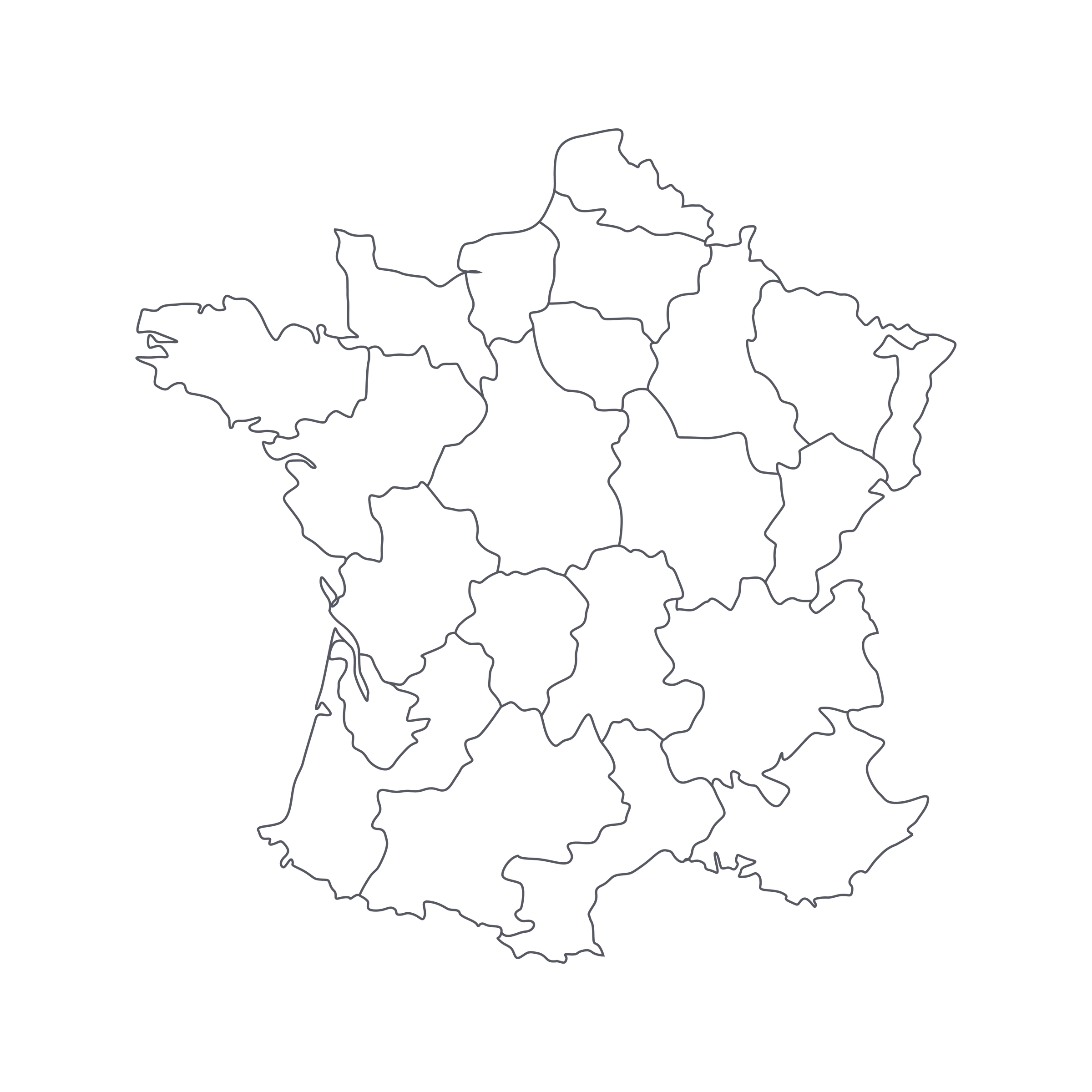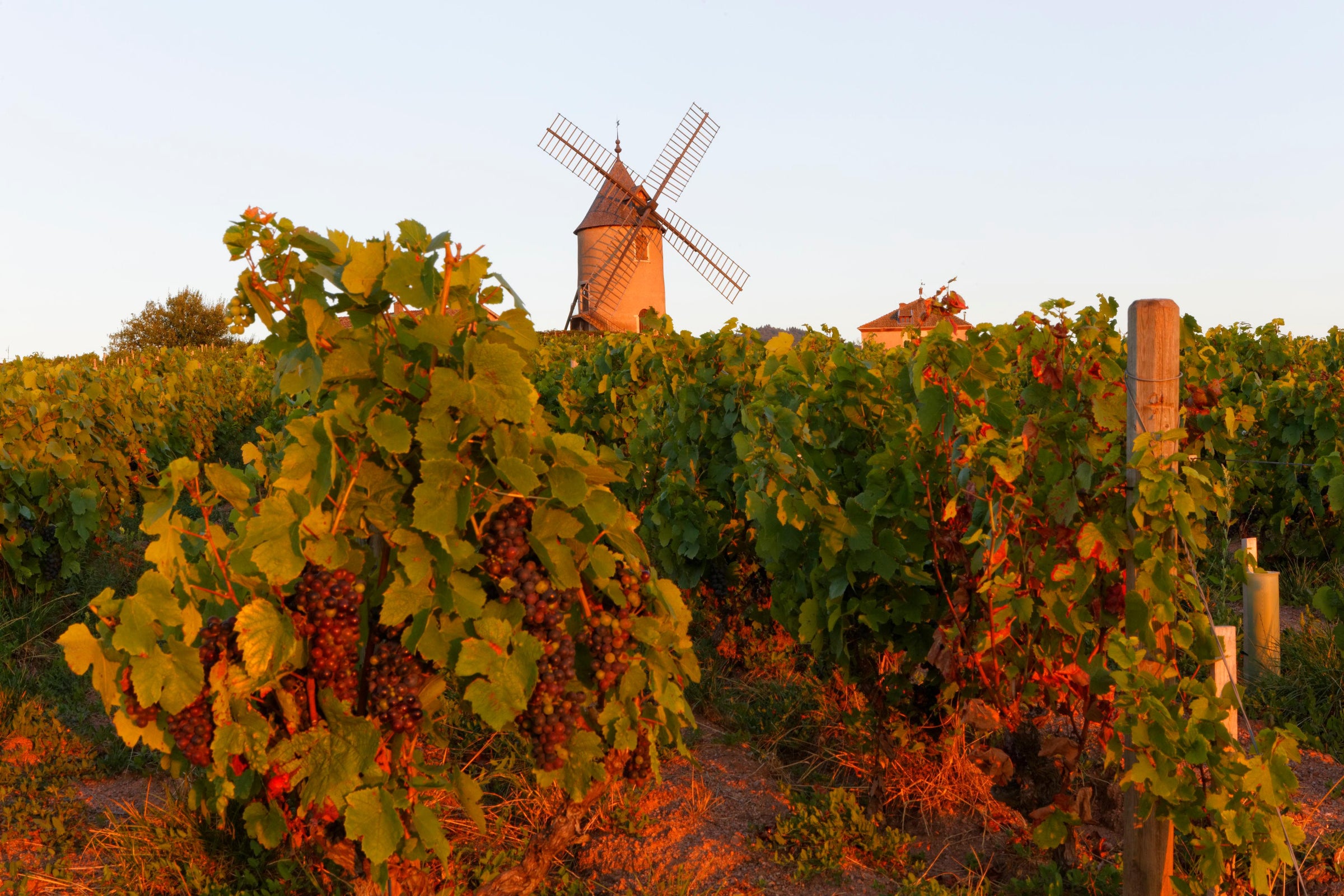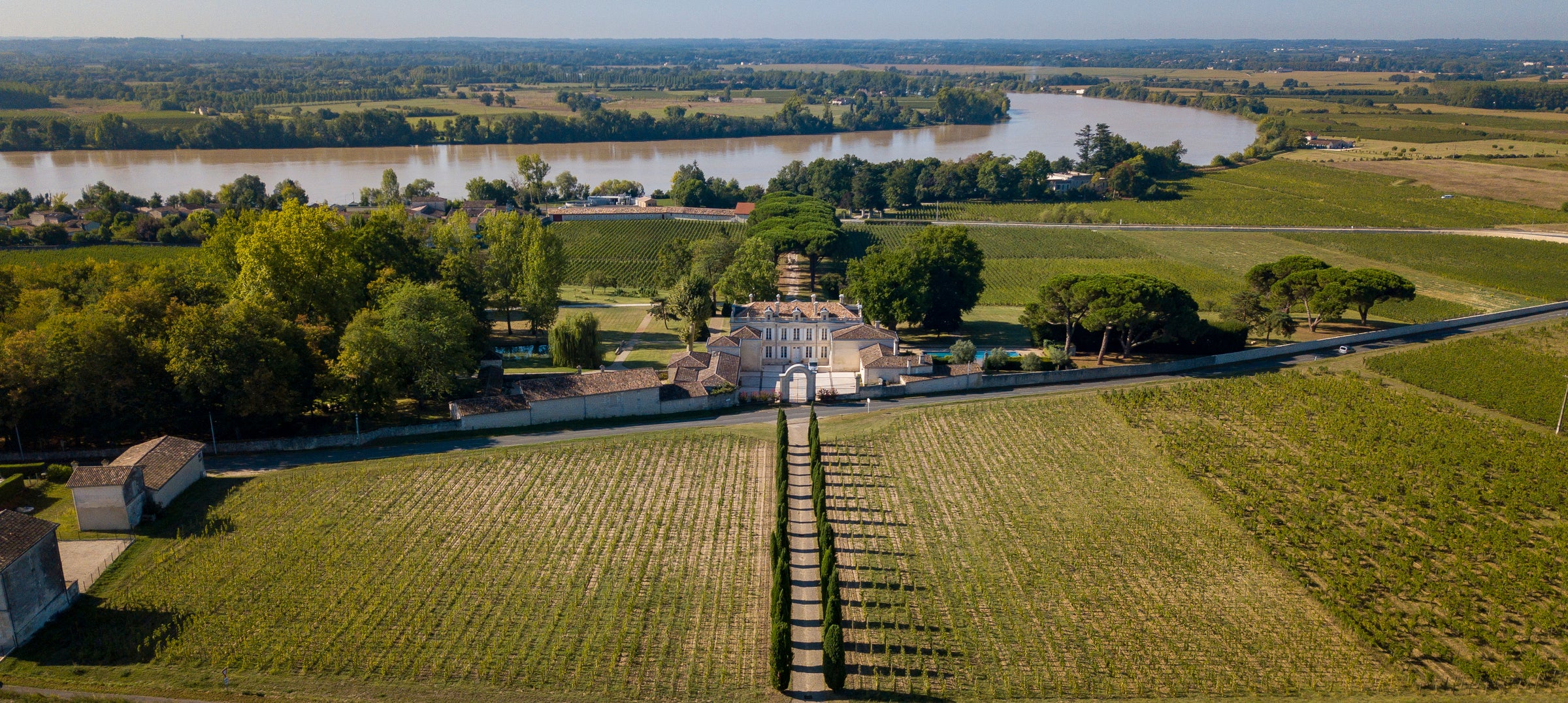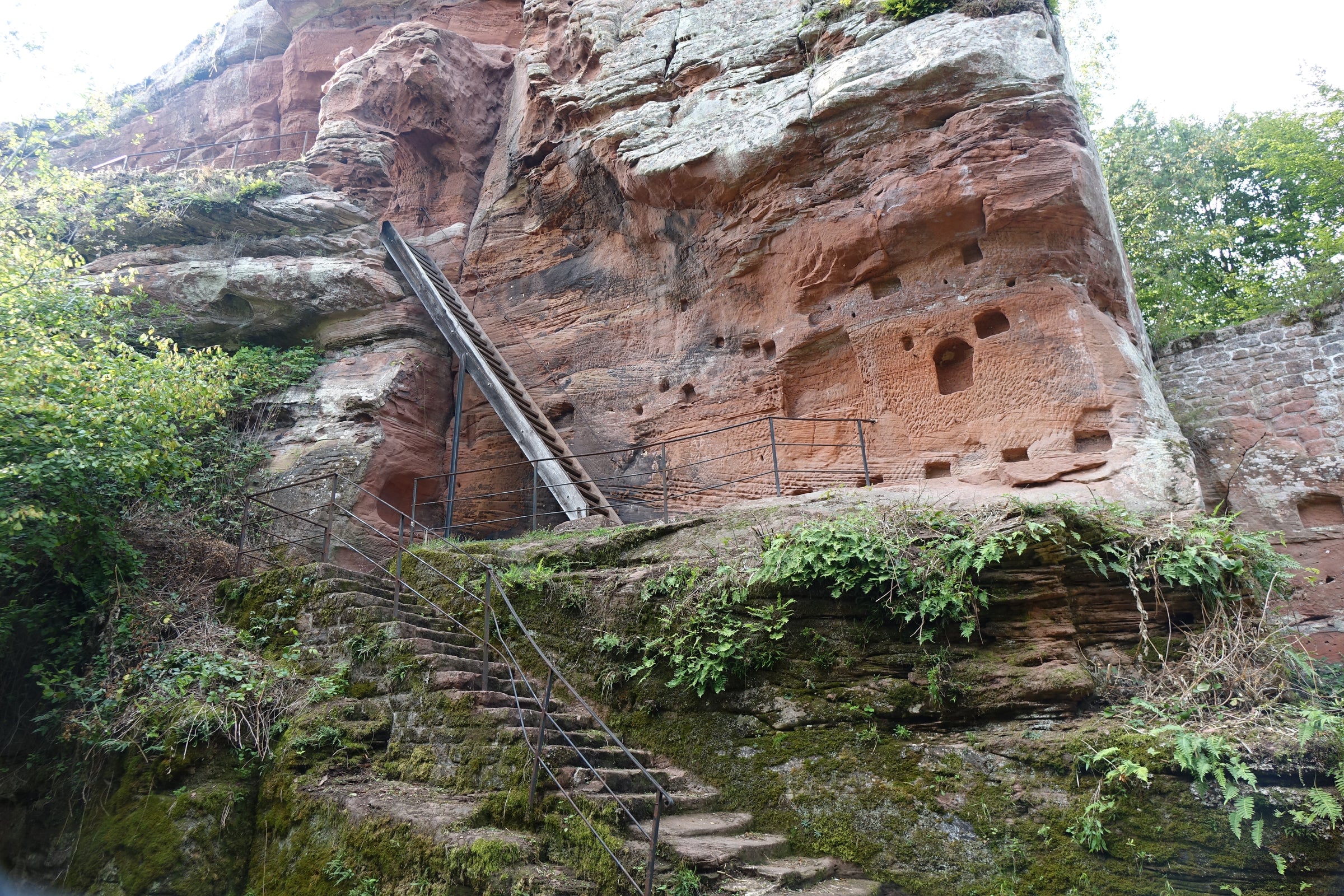Brut Nature Champagnes—ones that eschew the addition of sugar (zero dosage) after disgorgement—have evolved into a preferred style for many sommeliers. When executed skillfully and correctly, these wines present some of the purest drinking experiences on earth. Enter Tarlant: Many of you have fallen deeply in love with their Brut Nature in the past, so today we are ecstatic to introduce its far-rarer sibling rosé!
The Tarlant family focuses almost exclusively on zero dosage cuvées and their “Rosé Zero” is one of the greatest Brut Nature wines I’ve experienced, competing with just about any other rosé Champagne regardless of dosage and price point. Its refreshing lift, delicately fruited nose, and pure mineral verve puts it in its own style and class. If you’ve been wondering what the buzz behind Brut Nature is about, let Tarlant be your warm welcome—this family stands among the best in the business! As always, Tarlant rosé production remains limited, so we can only share a maximum of six bottles today.
The Tarlant family has been farming the vines since 1687. Since 1999, twelfth-generation Benoît Tarlant is at the helm and has brought his family’s estate into the modern era by vinifying parcels separately and doubling down on the family’s respect for the environment. Benoît is deeply engaged in his work and passionate about all aspects of the estate—he even incorporates a diversity of extremely rare “heirloom” grapes into many of their wines (Pinot Blanc, Arbane, Petit Meslier). Across the board, Tarlant’s house style is muscular, direct, mineral-driven, and delicious. With the best cuvées Benoit bottles each vintage, I always feel there is simply more “data” packed into each ounce of wine than one finds in other Champagnes. You can spend hours with one bottle, slowly deciphering all it has to say as the temperature slowly rises and the wine opens up. A great bottle of Tarlant is a unique experience.
Benoît’s 35 acres of vines are spread over 55 parcels and despite the variety of terroir, most parcels directly face the widest section of the Marne River, which has a dominant and unifying impact on the character of the wines. In short, this means a lot of sunlight, but with moderate temperatures, allowing the wines to remain powerful and intense, but never flabby or overly rich. The blending of such an impressive diversity of terroirs also contributes to the layered, classic style of the wines, comparable to a Grande Marque in character, but with the purity of a single family farming organically for 12 generations. The family’s work in the cellar is equally pure.
After being harvested by hand, grapes naturally ferment—each of their 55 plots is (painstakingly) vinified separately—in stainless steel tanks and new and used oak. The wines do not undergo malolactic fermentation. Additionally, instead of adding still red wine to create a rosé, the family macerates both Pinot Noir and Meunier in order to extract flavor and the classic pink color of rosé Champagne. Though the bulk of this bottling comes from the 2011 vintage, they utilize a percentage of older reserve wines (stored in oak barrels) in the blending process. After bottling and undergoing secondary fermentation, the wine aged on its lees five years before disgorgement in the first quarter of 2017. Now with an additional year in bottle, this is in a perfect place to drink—it’s vibrant and full of life; a true joy to drink.
In the glass, Tarlant’s “Rosé Zero” shines a pale salmon with soft pink hues leading out to a silvery rim. More often than not, zero dosage Champagne have muted aromas, but this jumps out with bright red fruits, apple skins, pomegranate, raspberry, crushed chalk, white and red flowers, delicate white pepper, vanilla bean, and savory herbs. This is not a soft, rich, biscuity corporate Champagne, it is an extremely serious, intellectual and refined wine. On the palate, there is a deep, almost Chablis-like mineral core mixed with subtle notes of Rainier cherry and citrus blossoms alongside crunchy minerality. The trick to unlocking this wine’s full potential is drinking it slowly out of a wide-mouthed Champagne glass or simply an all-purpose white stem. Please open this around cellar temperature and allow it to evolve by consuming over several hours—as some carbonation blows off and the wine warms, its intricacies will deepen. Due to its structure and freshness, this attached strawberry-chicken salad mixed with pecans should be the ultimate pairing: refreshing, slightly sweet, and perfectly crunchy. Enjoy!






